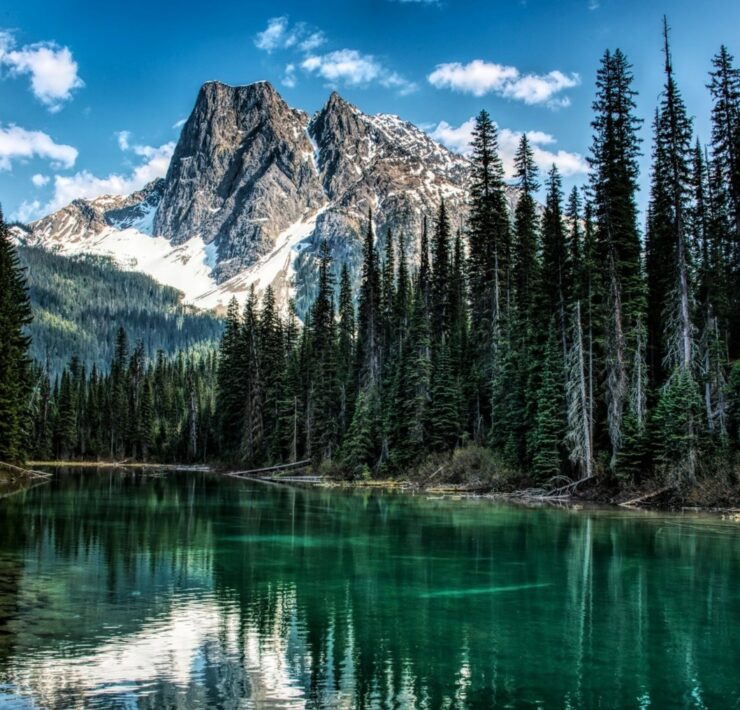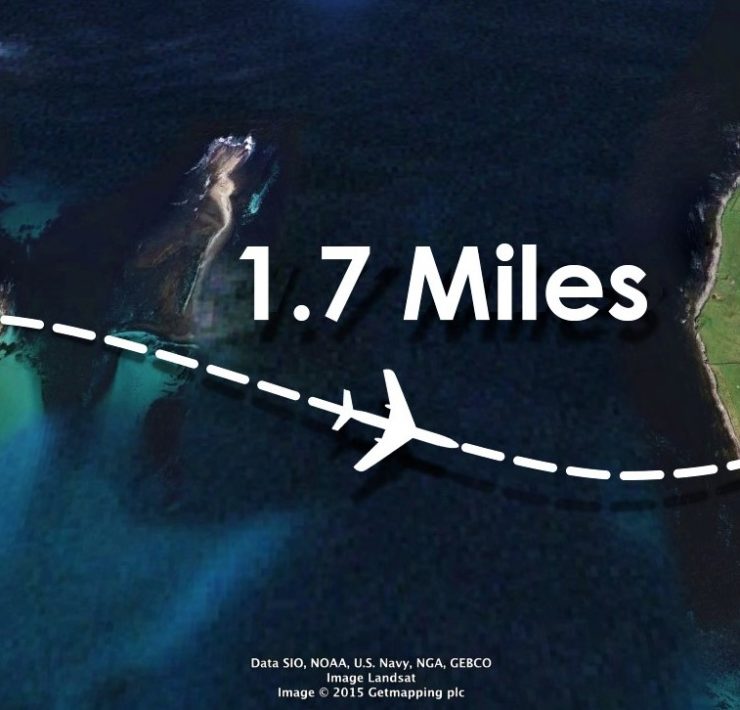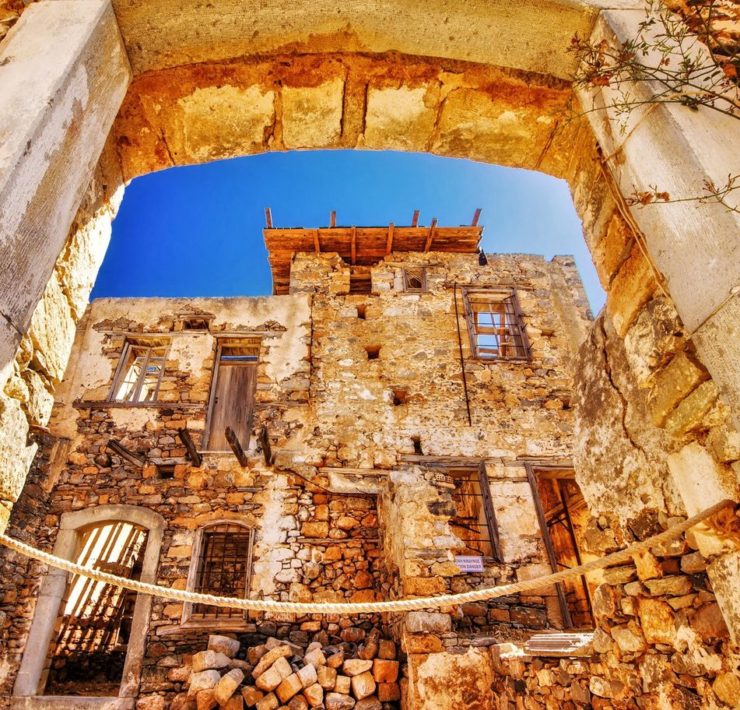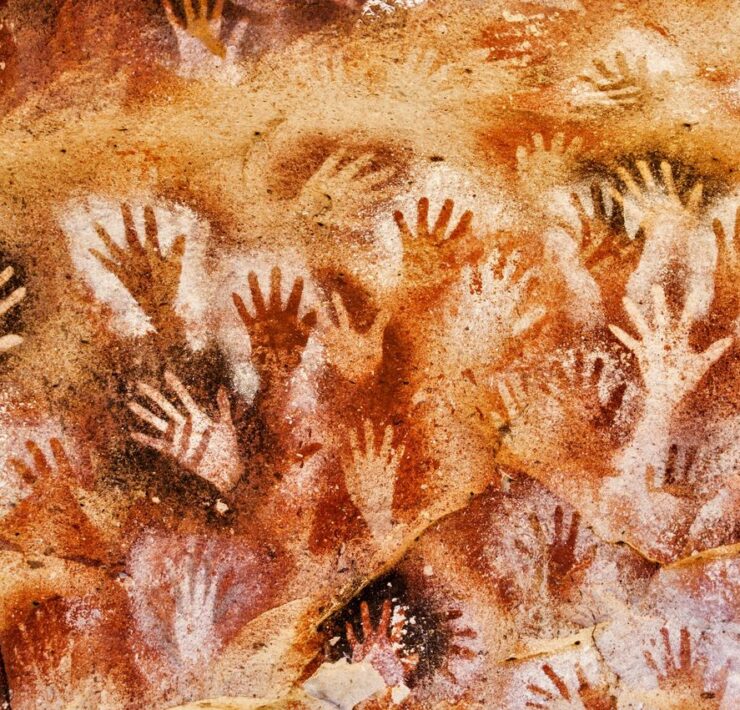Serbia sounds dangerous and out of the map for some, but fear not. You might be missing a lot if you live through the misconceptions associated with this country rich in culture, fortresses, and wine (don’t even mention a certain movie). So what are the attractions you should expect to see in Serbia?
1. The Belgrade Fortress
There’s no way you can leave Serbia without viewing the majestic Belgrade Fortress. It was built as a defensive structure overlooking the Sava and the Danube rivers during the 2nd to the 18th century. The fortress, during the mentioned period, has been rebuilt several times due to armed conflicts from the Goths and the Huns to the Avars and the Slavs, and to the Austro-Turkish war. Now, it’s maintained as a museum depicting the history of Belgrade. The whole complex is made up of the fortress itself divided into Upper and Lower Town, and the Kalemegdan Park, Belgrade’s most beautiful and largest park.
2. Oplenac
In the town of Topola, Oplenac is a hill where you can find St. George’s Church and the Mausoleum of Karadjordjevic dynasty on top of its rocky terrain. The complex, also known as Oplenac Church and Oplenac Mausoleum, is one of the most historic sites in Serbia housing the tombs of Karadorde (founder of modern Serbia), King Peter I, and 26 of the six generations of the Karadjordjevic dynasty. The church features five spectacular domes, white marble exterior, and interiors filled with mosaic frescoes of sixty Serbian monasteries.
3. Petrovaradin Fortress
Located on the right bank of the Danube, the Petrovaradin Fortress was built next to Novi Sad between 1692 and 1780. The fortress is divided into two: the Upper Fortress and Lower Fortress. The Upper Fortress has a network of underground tunnels and galleries while the Lower Fortress is where the residences, town government, and other public buildings are located. A Catholic parish can be seen beneath the fortress. Nowadays, Petrovaradin fortress is the venue of the annual EXIT music festival.
4. Nature Park Mokra Gora
Mokra Gora is a nature lover’s paradise offering great views around the rich green valley in western Serbia. It is located between the mountains of Tara and Zlatibor containing several attractions such as the attractive gorges of the rivers Beli Rzav, Crni Rzav, and Kamiska Reka, the Bele Vode Spring, and the Drvengrad ‘Wooden Town’ ethnic village. The nature park is home of 700 plant varieties and 60 registered bird species.
5. Sremski Karlovci
The spiritual, cultural, and educational center of Serbia for over 200 years, Sremski Karlovci is a city surrounded by the preserved baroque and neo-classicist buildings and centuries of Serbian history and culture. Walk around, experience its baroque ambiance with its churches and cultural attractions. Karlovci is also known as one of the most prominent spots of Serbia’s Wine Route so don’t miss the wine cellars around the town.
6. Tower of Sibinjanin Janko
One of the most recognizable landmark of Gardos is the Tower of Sibinjanin Janko, known to be the place where the famous Hungarian hero Janos Hunyadi died. The tower was built by the Hungarian government in 1896 to commemorate the 1000th anniversary of statehood. If you look at the tower closely, the bricks that cover its exterior are covered with engraved signatures and some of these signatures have stayed visible on the walls for hundreds of years.
7. Sirogojno
Roam around the open-sky museum of the old village of Sirogojno on top of Mt. Zlatibor, which has existed from the end of the 19th century to the beginning of the 20th. The ethno-village features the preserved authentic traditional wooden buildings which includes a bakery, a dairy, and an inn. There’s also a museum displaying the sweaters, jackets, and other handicrafts made by the knitters of Sirogojno.
8. Djavolja Varos
Natural rock towers can be seen in the southern part of Serbia. This area is called Djavolja Varos which translates to Devil’s Town and its name surely does match its creepy weird look. These 202 towers are formed due to centuries of erosion which is similar to how the formations in Cappadoccia, Turkey were created.
9. Cele Kula
To add more creepiness to your trip, visit Cele Kula and interact with its famous residents – skulls. Cele Kula, which means Skull Tower, was created in 1809 by the Turkish General Hurshi Pasha in Nis, Serbia. The skulls that decorate the tower belong to the defeated Serb rebels during the course of the First Serbian Uprising against the Ottoman Empire. They are arranged in 56 rows with 17 skulls in each row and the skull of the rebel commander Stevan Sinđelić placed on top.
10. Resava Cave
Resava Cave lies in eastern Serbia in the region of Gornja Resava. It is known to be one of Serbia’s oldest caves with an age of about 80 million years old as its formation had began before the Great Ice Age. The cave is 4.5 kilometers long and about 800 meters of it is accessible to visitors.
When On Earth Magazine is for people who love travel. We provide informative travel guides, tips, ideas and advice regarding places to see, things to do, what to taste, and much more for world travelers seeking their next dream vacation destination.






